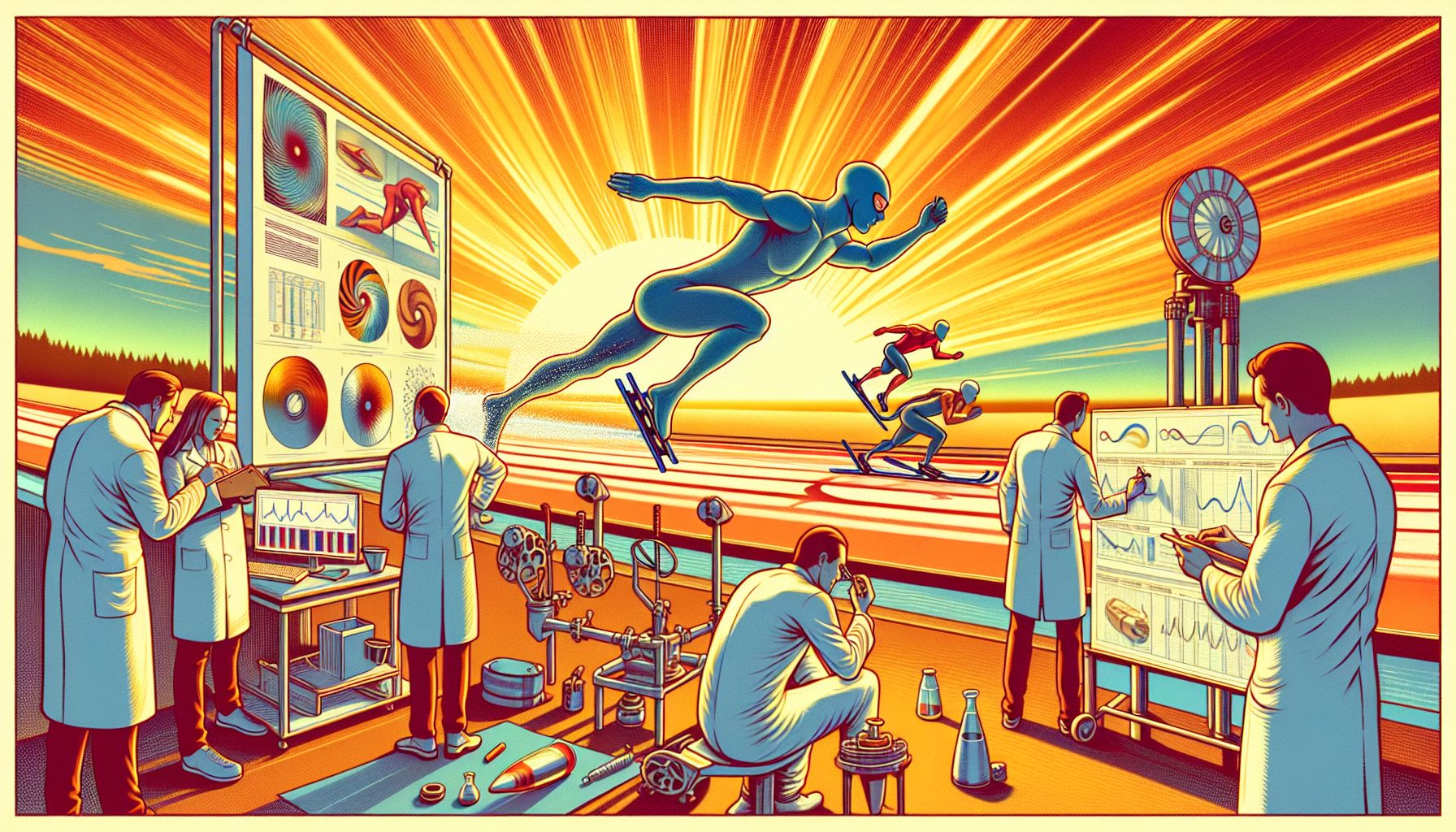Twente University Unveils Cutting-Edge Wind Resistance Technology for Athletes

Enschede, Monday, 5 August 2024.
Researchers at Twente University are developing aerodynamic gear using fluid dynamics principles to enhance athlete performance in sports like speed skating and swimming. The innovations aim to reduce wind resistance, potentially revolutionizing competitive sports.
The Science Behind the Innovation
The foundation of this groundbreaking technology lies in the study of fluid dynamics, a branch of physics concerned with the movement of liquids and gases. By understanding how air flows around objects, researchers can design sports gear that minimizes drag, allowing athletes to move faster with less effort. This principle is being applied to create aerodynamic suits for speed skaters and swimmers, significantly reducing the resistance they encounter.
Key Figures and Facilities
Leading this innovative research is Prof. Dr. Ir. Kees Venner, a specialist in Technical Fluid Dynamics at Twente University. Prof. Venner operates a state-of-the-art wind tunnel, a crucial facility for testing and refining the aerodynamic properties of sports gear. This wind tunnel has already been instrumental in the development of skating suits for renowned athletes like Ireen Wüst and Sven Kramer, providing empirical data to fine-tune their designs.
Real-World Applications and Benefits
The practical applications of this technology are vast. For speed skaters, reducing wind resistance can shave precious milliseconds off their times, potentially making the difference between winning and losing in competitive events. Swimmers can also benefit from reduced drag, allowing them to glide through the water more efficiently. Beyond individual performance, this technology has the potential to set new standards in sports gear design, influencing the broader athletic equipment market.
Future Prospects and Broader Impact
Looking ahead, the implications of this technology extend beyond sports. The principles of fluid dynamics and aerodynamic optimization can be applied to various fields, including automotive and aerospace industries, where reducing drag is crucial for improving fuel efficiency and performance. As research continues, the collaboration between academia and industry could lead to further innovations, enhancing both athletic performance and technological advancement in other sectors.

